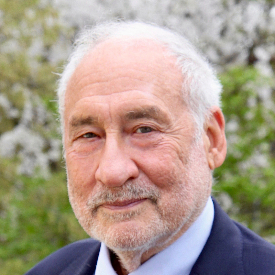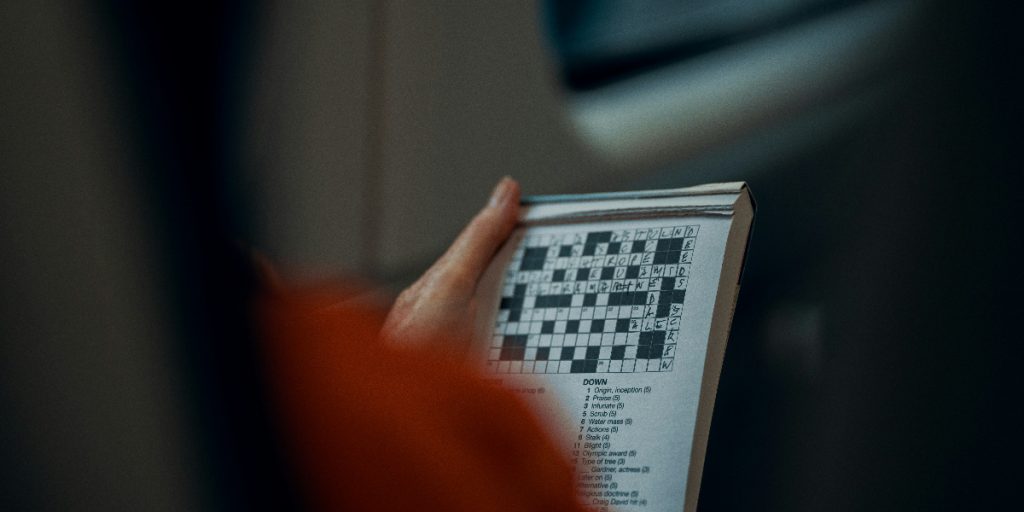I had the opportunity to visit LinkedIn for the Speaker Series. I chatted with LinkedIn Executive Chairman and co-founder Reid Hoffman on a range of topics, including: “What should quality mean for entrepreneurs?”
Reid often says: If you’re not embarrassed by your first product release, you’ve released too late.
My secret corollary to that principle — which I quote all the time — is: No matter how long you wait, you will be embarrassed by the first version of your product.
The presupposition is: if we slow down, take longer, and get less feedback, then we will get a better outcome for customers. My question is, where is the evidence for this? Wouldn’t you wish that the companies that foist new products on you would have gotten more feedback first?
But when it’s our product, we somehow think that it will work better if we go in the cave — so to speak — and cozy up to the whiteboard for as long as it takes and only come out when it’s finished. But how often does that actually produce a delightful user experience? Yet it’s deeply intuitive that the longer we take to work out all the details, the better the product will be.
The problem is that quality is really in the eye of the beholder. For a for-profit company, quality is defined by what the customer wants. So if we are misaligned with what the customer wants, then all the extra time we take to polish all the edges and get everything right is actually wasted time because we end up pushing the product away from what the customer wants.
I have a great example of this from my company, IMVU. When we first released our product, we were completely surprised by the users’ reaction to one feature of that we thought was a negative, but everyone else (we quickly learned) viewed as a big positive. For entrepreneurs, quality is the in the eye of the beholder. The only accurate path to getting to a quality outcome is to test your assumptions along the way. You have to give yourself time to have customers react to what you do, so you can fix the quality problems you didn’t even know to be thinking about, and leave well enough alone when that’s what customers want.
A version of this post originally appeared on Eric Ries’s LinkedIn page.































